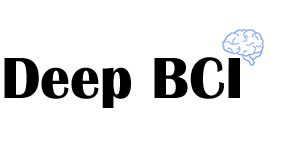Sleep Inducing with ASMR Trigger and Binaural Beat
We developed a sleep inducing system using an auditory stimulus. Especially, we combined a 6 Hz binaural beat and an autonomous sensory meridian response (ASMR) trigger. The proposed auditory stimulus could induce both theta activity corresponding to non-rapid eye movement sleep 1 and psychological stability required for sleep.
Contact: C.-B. Song (cb_song@korea.ac.kr)
